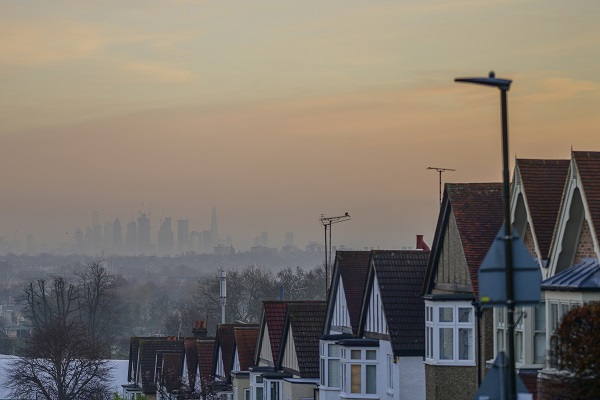Severe weather caused by climate change could make rough sleeping in the capital even more dangerous and cause worsening pressures on support services, according to London Councils.
The cross-party group highlights that the severe weather emergency protocol (SWEP) was activated six times this winter, with around 2,000 placements made at short notice to help rough sleepers get off the streets.
The activation of the protocol between December 2022 and March 2023 included two extremely cold 10-day periods – far longer than the usual one or two-day periods – and the worst seen since the protocol was agreed in 2018. Also for the first time, accommodation shortages were so extreme that boroughs’ resilience teams were required to assist homelessness staff and volunteers to set up numerous rest centres across the capital.
According to government data, at the end of December 2022 there were 619 people sleeping rough on a single night in London, with 1,453 sleeping rough across the month.
Boroughs signed up to the existing SWEP protocol in 2018. The protocol means that when temperatures are forecast below zero, London boroughs and the Mayor of London – working with homelessness charities – open additional emergency accommodation for people who are sleeping rough during weather conditions that could pose a threat to life.
While pointing to the success of the capital’s partnership arrangements and fast responses to weather warnings to keep homeless Londoners safe, London Councils has worries regarding the future sustainability of this work. Key concerns include:
- Climate change is likely to drive increasing incidents of severe weather, which will mean more frequent activation of the SWEP protocol. Extremely cold temperatures, torrential rain leading to flooding, and heatwaves all pose life-threatening dangers to those living on the streets.
- There is a serious shortage of available accommodation in the capital. In previous years boroughs have been able to use temporary accommodation (e.g. private rented housing, B&Bs) or hotels to house rough sleepers. However, this winter saw some boroughs rely on setting up camp beds in rest centres located in sports centres, old town halls, and other council-owned buildings. Boroughs acknowledge that rest centres are rudimentary and far from ideal for delivering support to vulnerable individuals – many of whom have extremely complex needs – but increasingly find no hotel rooms or other accommodation provision is available in their local area.
- Councils do not receive any specific funding from the government for SWEP activity. This winter saw SWEP activated more often than usual and boroughs needing to invest additional resource into setting up rest centres. Boroughs’ homelessness and rough sleeping budgets already face intense pressures and London Councils believes government funding for SWEP would help sustain provision.
Cllr Darren Rodwell, London Councils’ Executive Member for Regeneration, Housing & Planning, said:“Boroughs are proud of the role we play alongside our partners in keeping rough sleepers safe. In the face of increasingly severe weather, this work genuinely saves lives.
“This winter was extremely challenging but climate change means we must prepare for these pressures to become ‘business as usual’. It is more important than ever to make sure frontline services have the resources they need, especially if we are to help rough sleepers brought inside during severe weather to stay off the streets for good.
“Boroughs will continue to work with our partners across the capital and the government on this important agenda, which is part of our shared vision of ending rough sleeping altogether.”






Leave a Comment